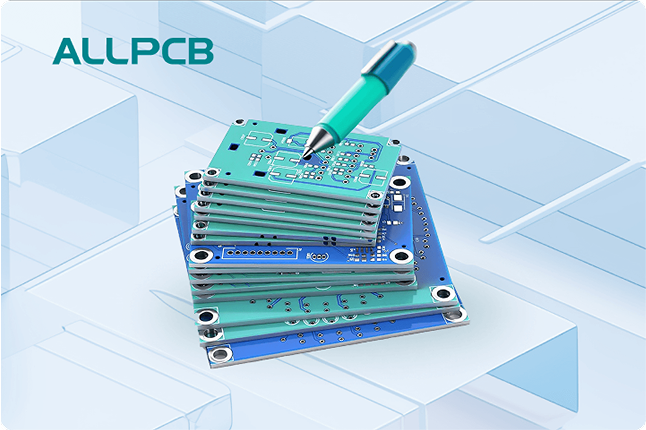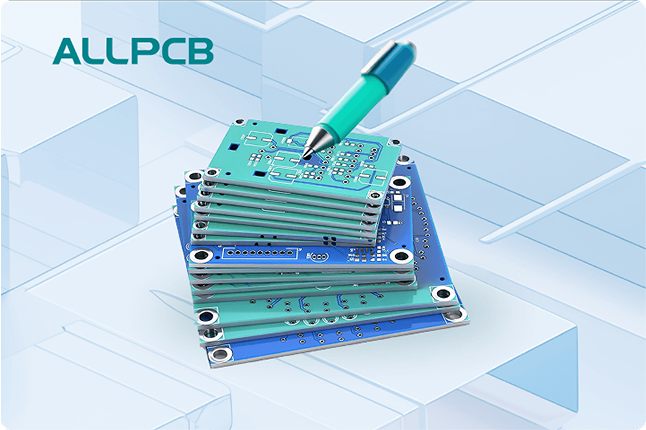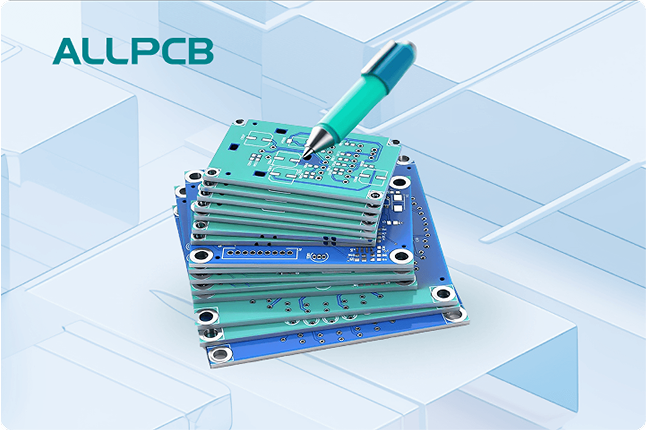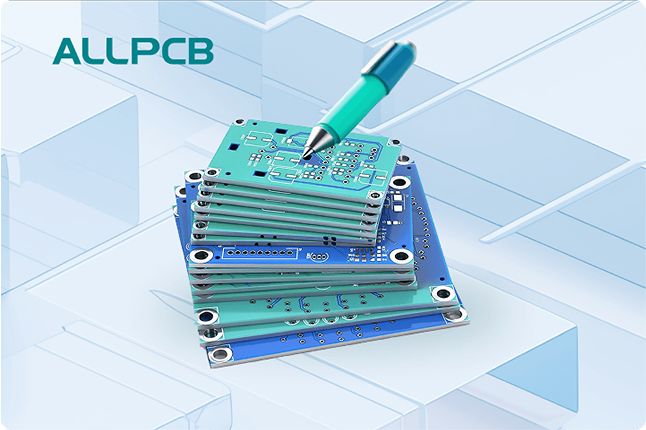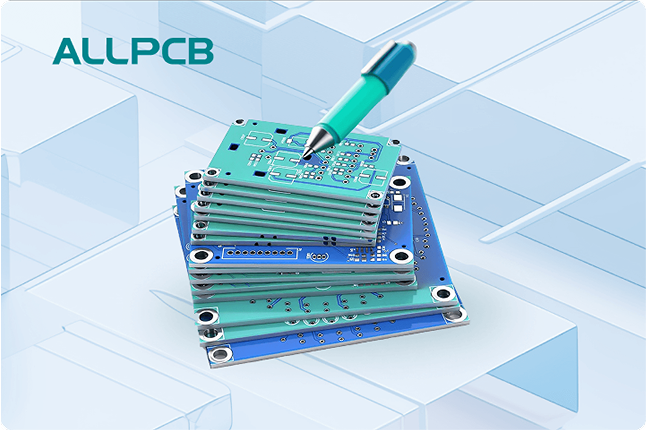In the world of PCB design, achieving optimal performance and reliability often comes down to how well you manage routing. If you're searching for ways to master PCB routing with constraints or improve your designs with constraint-based routing, you're in the right place. This guide will dive deep into advanced routing techniques, focusing on constraint management to ensure signal integrity, especially for high-speed and differential pair designs. We'll cover practical tips and strategies for high-speed routing techniques, differential pair routing, and controlled impedance routing, helping you create boards that perform at their best.
What is PCB Constraint Management and Why Does It Matter?
PCB constraint management is the process of setting and applying specific rules or limits during the design phase to guide the routing of traces on a printed circuit board. These constraints can include spacing rules, trace width requirements, impedance values, and length matching for critical signals. By defining these rules upfront, designers can avoid common issues like signal interference, crosstalk, and timing errors, especially in complex or high-speed designs.
Constraint management matters because modern electronics are faster and more compact than ever. Without proper rules in place, high-speed signals can degrade, differential pairs can lose synchronization, and electromagnetic interference (EMI) can disrupt performance. Using constraints ensures that your design meets both electrical and physical requirements, leading to fewer revisions and faster time-to-market.
Key Principles of Constraint-Based Routing
Before diving into specific techniques, let's explore the core principles of constraint-based routing. This approach relies on defining clear parameters that the routing process must follow. Here are the fundamental aspects:
- Clearance Rules: Constraints define minimum spacing between traces, pads, and components to prevent shorts and reduce crosstalk. For example, a typical clearance for a 5V signal might be 0.2 mm, but high-voltage designs may require 0.5 mm or more.
- Trace Widths: Constraints ensure traces are wide enough to handle current without overheating. A trace carrying 1A might need a width of 0.5 mm on a standard 1 oz copper layer.
- Signal Integrity: Constraints like length matching and impedance control are critical for maintaining signal quality, especially at speeds above 100 MHz.
- Layer Stackup: Constraints guide which layers are used for specific signals, such as keeping high-speed traces on inner layers to reduce EMI.
By setting these rules in your design software before routing begins, you create a roadmap for success, minimizing manual errors and ensuring consistency across the board.
High-Speed Routing Techniques with Constraint Management
High-speed routing techniques are essential for designs where signals operate at frequencies above 100 MHz, such as in USB, HDMI, or Ethernet applications. At these speeds, even small routing errors can cause significant signal degradation. Constraint management plays a vital role in avoiding such issues. Here's how to apply it effectively:
1. Impedance Control for Signal Integrity
Controlled impedance routing ensures that traces maintain a consistent impedance value (often 50 ohms or 100 ohms) to match the source and load. Mismatched impedance can cause signal reflections, leading to data errors. Constraints can enforce specific trace widths and spacing to achieve the desired impedance. For instance, a 50-ohm single-ended trace on a 1.6 mm FR4 board might require a width of 0.3 mm with a ground plane directly below it.
Use your design tool to set impedance constraints and verify them with a field solver. Route critical traces away from discontinuities like vias or splits in the ground plane, as these can disrupt impedance.
2. Minimize Crosstalk with Spacing Constraints
In high-speed designs, crosstalk occurs when signals on adjacent traces interfere with each other. Constraint management helps by enforcing minimum spacing between high-speed traces. For signals running at 1 GHz, a spacing of at least 3 times the trace width (e.g., 0.9 mm for a 0.3 mm trace) is often recommended to reduce coupling.
Additionally, route high-speed traces on different layers when possible, using ground planes as shields between signal layers to further minimize interference.
3. Short and Direct Paths
Constraints can enforce rules to keep high-speed traces as short and direct as possible. Longer traces introduce more delay and increase the risk of signal loss. Set maximum length constraints for critical nets to ensure they stay within acceptable limits. For example, a USB 3.0 signal might be constrained to a maximum length of 150 mm to maintain timing requirements.
Differential Pair Routing: Precision with Constraints
Differential pair routing is a cornerstone of high-speed design, used in interfaces like USB, PCIe, and Ethernet. Differential pairs consist of two traces carrying complementary signals, and their performance depends on precise routing. Constraint management ensures these pairs are routed correctly. Here's how to approach it:
1. Length Matching for Synchronization
Differential pairs must have equal lengths to ensure the signals arrive at the same time. Even a small mismatch (e.g., 0.5 mm) can cause skew, leading to data errors at speeds above 1 Gbps. Use constraints to set a tight length tolerance, often within 0.1 mm, and let your design software automatically adjust traces with serpentine patterns if needed.
2. Consistent Spacing for Impedance
For differential pairs, maintaining consistent spacing between the two traces is critical for achieving the target differential impedance (often 100 ohms). Constraints can lock the spacing, typically around 0.2 mm for common designs, to prevent variations during routing. Avoid routing pairs near other signals or over split planes, as this can disrupt impedance.
3. Symmetrical Routing Paths
Route differential pairs symmetrically, avoiding sharp bends or unequal paths. Constraints can enforce a maximum bend angle (e.g., 45 degrees) and ensure both traces follow the same path. This symmetry reduces noise and maintains signal integrity.
Controlled Impedance Routing: A Deeper Dive
Controlled impedance routing is a critical aspect of high-speed and differential pair designs. Impedance mismatches can cause reflections, degrading signal quality. Constraint management ensures traces meet specific impedance targets by controlling trace width, spacing, and proximity to reference planes.
Calculating Impedance Requirements
Impedance depends on factors like trace width, dielectric thickness, and copper weight. For a 50-ohm trace on a standard 1.6 mm FR4 board with 1 oz copper, a width of approximately 0.3 mm might be needed. Use online calculators or your design software's built-in tools to set these parameters as constraints before routing begins.
Ground Plane Continuity
Constraints can enforce rules to keep traces over a continuous ground plane, as splits or gaps can alter impedance. If a trace must cross a split, route it on a different layer or add stitching vias to maintain ground continuity.
Verification with Simulation
After routing, use simulation tools to verify impedance values. Many design platforms allow you to check if traces meet the constrained values (e.g., 50 ohms ±10%). If discrepancies occur, adjust the trace width or spacing within the defined constraints.
Best Practices for Implementing PCB Routing with Constraints
Now that we've covered specific techniques, let's look at some overarching best practices for PCB routing with constraints. These tips will help you integrate constraint management into your workflow effectively.
1. Define Constraints Early
Set up constraints at the schematic stage before layout begins. This proactive approach ensures that all routing rules are in place from the start, reducing the need for manual adjustments later. Include rules for clearance, trace width, impedance, and length matching.
2. Use Design Rule Checks (DRC)
Modern design tools offer DRC features to automatically check if your layout adheres to defined constraints. Run these checks frequently during routing to catch errors like insufficient spacing or impedance mismatches early.
3. Prioritize Critical Nets
Route high-speed and differential pair nets first, as they often require the most precise constraints. By addressing these critical signals before power or ground traces, you ensure they get the best paths and avoid rework.
4. Leverage Autorouting with Constraints
While manual routing is often preferred for critical signals, autorouting can be useful for less sensitive traces if constraints are properly defined. Set strict rules for spacing and layer usage to guide the autorouter, then manually review the results for accuracy.
Common Challenges in Constraint-Based Routing and How to Overcome Them
Even with the best tools and techniques, challenges can arise when implementing constraint-based routing. Here are some common issues and solutions:
- Conflicting Constraints: Sometimes, spacing and length constraints may conflict, especially in dense designs. Resolve this by prioritizing critical rules (e.g., impedance over spacing) and adjusting component placement to create more room.
- Complex Stackups: High-speed designs often require multi-layer boards, making constraint management trickier. Use constraints to define specific layers for signal types and ensure ground planes are placed strategically.
- Time Constraints: Setting up detailed constraints can be time-consuming. Save time by creating reusable constraint templates for common design types, such as USB or Ethernet interfaces.
Tools for Effective Constraint Management
Most PCB design software includes built-in constraint management features to simplify the routing process. These tools allow you to define rules, simulate impedance, and check for violations. Look for platforms that offer intuitive interfaces for setting clearance, width, and length constraints, as well as integration with simulation tools for verifying signal integrity.
Additionally, many tools provide visual feedback during routing, highlighting areas where constraints are violated. This real-time guidance helps you make adjustments on the fly, ensuring your design stays within defined limits.
Conclusion: Mastering PCB Routing with Constraint Management
Advanced routing techniques using PCB constraint management are essential for creating high-performance boards, especially in high-speed and differential pair designs. By leveraging PCB routing with constraints, you can ensure signal integrity, reduce EMI, and meet strict timing requirements. Whether you're focusing on high-speed routing techniques, differential pair routing, or controlled impedance routing, constraint-based approaches provide the precision and reliability needed for modern electronics.
Start by defining clear constraints early in your design process, prioritize critical signals, and use design rule checks to catch errors. With these strategies, you'll be well-equipped to tackle even the most complex PCB layouts. At ALLPCB, we're committed to supporting your design journey with resources and expertise to help you succeed in every project.
 ALLPCB
ALLPCB


